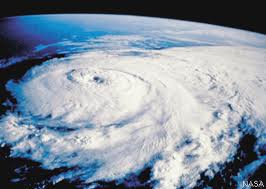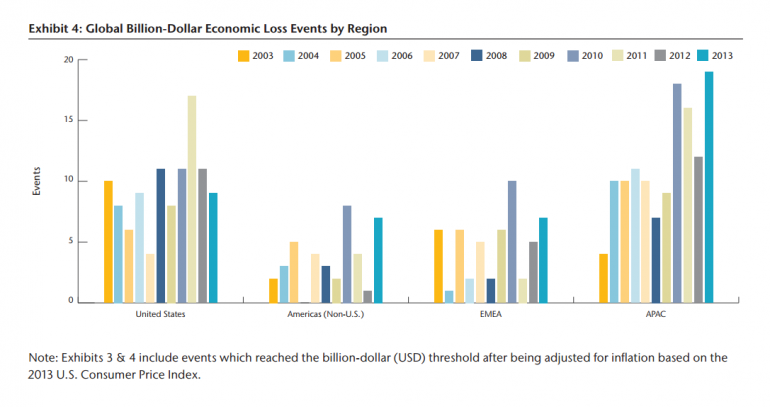I am starting a blog series called “Supply Chain Leadership”, where I hope to pose thought provoking, and forward looking questions to executives in my supply chain network. Posted monthly, this series will provide insights into the most pressing challenges, innovative items in their budgets, and how these executives have handled talent, complexity, end-to-end S&OP, and technology. First up is a high tech executive in the enterprise storage industry. He is leading the global external manufacturing group and based in Ireland. His deep experience in working with the complexity of outsourced manufacturing, to me, is the most extensive I have known.
1. As we enter 2014, how would you describe the most pressing supply chain challenges?
Supply Chain challenges are coming at us from multiple fronts. The ones we know about are increases in regulations, e.g. BIS, and finding the right balance between cost and the ability to service our customers in the most efficient way from an availability and lead-time standpoint. The biggest challenge, however, is being prepared for the next major Supply Chain disruption. Over the past 3 years we have had many natural disasters including ash clouds, earthquakes, flooding & hurricanes. While these events have had a really terrible impact on people lives within the region where they have occurred, they have also had a significant impact on the supply of materials to many locations world-wide. From a Supply Chain standpoint, our challenge is to prepare as robust a supply chain as possible to deal with other natural disasters that will certainly happen in the future, but we just don’t know where or when.
And the data supports his concern:
- Japan Quake/Tsunami - $210B cost
- Thailand Floods - $30B cost
- Volcano Ash Clouds - $5B impact to global GDP
Global Billion-Dollar Economic Loss Events by Region
2. Looking back at the past few years, what parts of supply chain have improved and what have you seen as the contributing factors for that improvement?
Rather than specific processes, applications or techniques, I believe the biggest improvement over the past couple of years is the general acceptance that manufacturing in, or sourcing material from, the lowest cost region is not always the right option. Many manufacturing companies, particularly in the high-tech sector, are focusing on the concept of “Right-Shoring”, which is basically optimizing multiple locations to take advantage of total cost, time to market and other factors such as consumer’s pride in “Made in x” or concerns about worker’s conditions is certain regions. This general acceptance or mind shift change has encouraged and facilitated a different type of thinking that has driven improvements in many supply chain related areas.
3. In the creation or support of your Budget Plan, what are the new items you see for this year and beyond, things that haven’t been on prior year Budgets, or things that have seen the greatest increase in priority?
One item that is chewing up a larger portion of tightening budgets is the cost associated with complying with importation regulation is many countries. As supply chain professionals, we have an obligation to ensure that our products do not present any risk to humans or the environment. However, over the past few years more and more countries have implemented unique requirements that are costing a lot of money and increased difficulties in the supply chain. I am not really seeing enough effort to eliminate these unique requirements and move to a global standard. This needs to be a priority for our industry over the next couple of years.
4. The End-to-End supply chain strategy has been well documented. What capabilities does your company have that is better in class for integrating end-to-end?
A global footprint of fulfillment sources, both our own factories and CM facilities, which allows us to vertically integrate at the most competitive, cost to best service our customers. Selecting the most suitable partners who are as interested in growing a sustainable business as we are, has been one of the most important elements of our end-to-end supply chain strategy. Our supply chain partners provide us the world class service. They totally understand the direction that our business is going and what our future needs will be, sometimes before we do ourselves.
5. How aligned and connected are you to the many supply chain nodes? What are the reasons you would want to improve this alignment?
I believe we are very aligned and connected with our supply chain nodes. We are also very much aware of alternative supply chain nodes and how quickly we could turn them on if we needed to. Partnering with some of the world’s leading supply chain experts is an integral part of our supply chain strategy. However, we always need to keep improving this alignment. The world is changing at a faster pace than ever before and we need to stay at the leading edge. Technology is improving and the use of near real-time data can provide tremendous benefits. We must embrace these changes and continue to drive further alignment to reap the benefits.
I find his answers fascinating. Would you agree? When talking about outsourcing, he calls out the real challenge… global decisions. Connecting trading partner data is a given. What you do with that data - Decision Making - is the heart of successful external manufacturing. When a disruption occurs, whether it’s a supply shortage or a natural disaster, the ability to structure the decisions is critical. And what makes a decision? = policies. Visibility into data gives you just a number. The difficult part is determining what that number means. What is needed is visibility into policy, because you can now determine the relevance of what’s impacted, and the insight as to what to do about it.






Leave a Reply